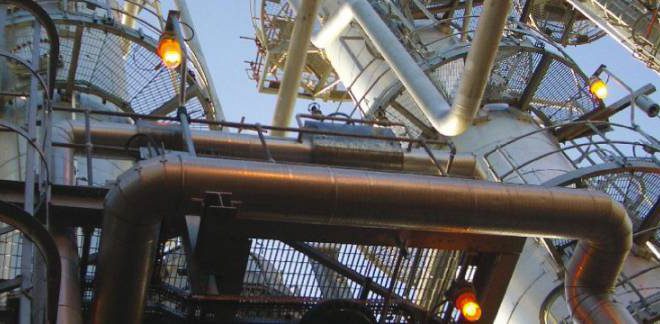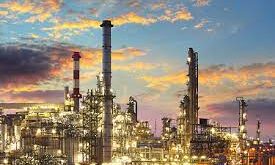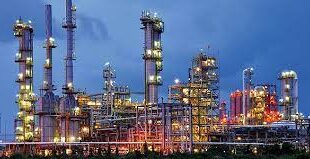The National Petrochemical Company is looking into ways to capture and convert harmful carbon monoxide (CO) emissions into urea and ammonia. said the Managing Director of NPC. Marzieh Shahdaei.
She said plans are in place to curb carbon monoxide emissions in the city of Asalouyeh and use them for production of ammonia and urea.
The port city of Asalouyeh in southern Bushehr Province is Iran`s largest petrochemical hub. Petrochemical plants in the region reportedly produced 45% of Iran`s total petrochemical output in the March-Dec. period.
In collaboration with academia. we are close to signing a memorandum of understanding with the Department of Environment to introduce at least 20 such projects. Shahdaei said.
She did not provide further details on the project`s scale or how long it will be before the construction of the first such plant will be viable.
Carbon monoxide is a colorless and odorless gas that is slightly less dense than air. It is produced naturally by human body as well as volcanoes. but also comes from other forms of combustion such as burning fuel in vehicles. small engines. stoves. lanterns. grills. fireplaces and industrial plants. Exposure to high amounts of CO is poisonous and even lethal.
Urea is mainly used as a fertilizer in agriculture and also consumed as raw material for other industrial purposes. Ammonia is also largely used to produce fertilizers as well as fibers. resins and explosives.
Iran`s petrochemical production capacity is around 65 million tons a year. Tehran hopes to boost the volume to 130 million tons by 2020.

 Iran Energy News Oil, Gas, Petrochemical and Energy Field Specialized Channel
Iran Energy News Oil, Gas, Petrochemical and Energy Field Specialized Channel


